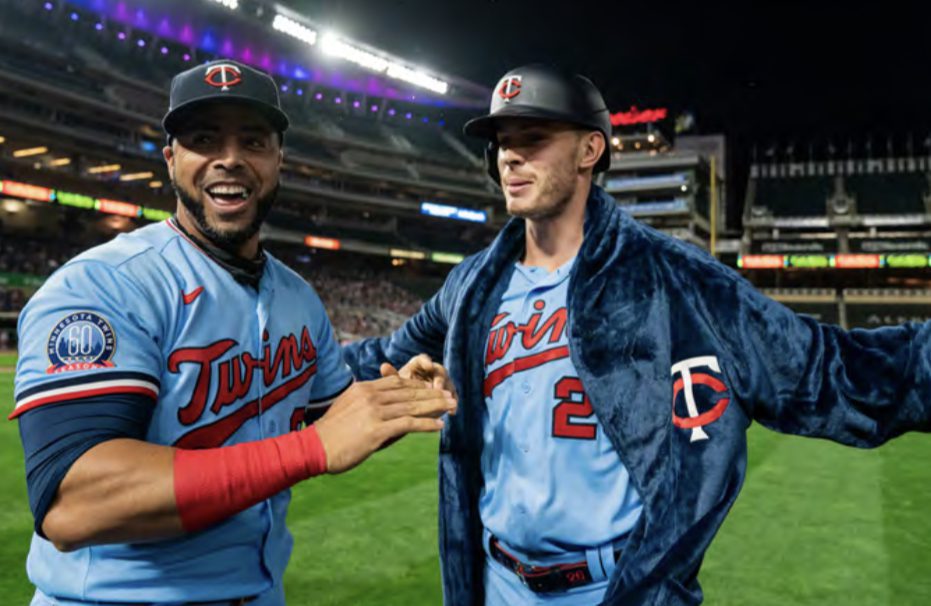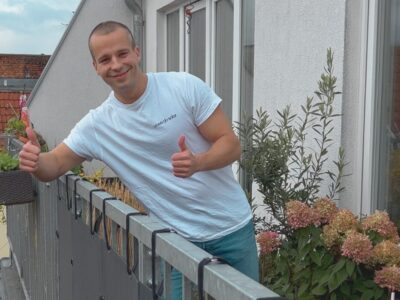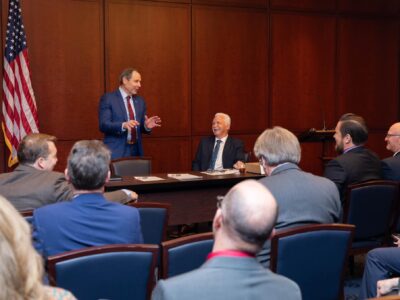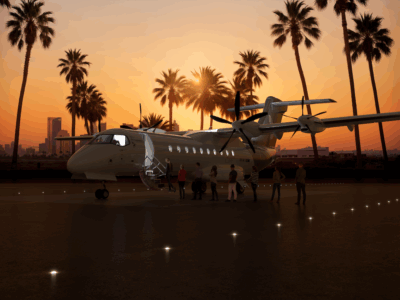Target Field, the home to Major League Baseball’s Minnesota Twins, has been hailed as “the greenest ballpark in America” by the U.S. Green Building Council (USGBC). USGBC awarded Target Field a Silver Leadership in Energy and Environmental Design (LEED) for New Construction and three separate LEEDs for Operations and Maintenance (O&M). These achievements made the Twins the first pro sports team to have two Silver LEEDs, and the first to have O&M LEEDs at all three levels.
Target Field also was the first existing stadium to earn a Gold certification for O&M, which was re-certified in 2019. The USGBC further honored the Twins by presenting the team with the 2019 Leadership Award for being a “model for sustainability in the sporting world.” These accolades reflect the team’s long-held dedication, according to Twins President and CEO Dave St. Peter, “to being an industry leader in regards to environmental sustainability.”

This commitment is evident in the location of Target Field, where the team took a former industrial site with contaminated soil and performed brownfield remediation. The cleaning improved the environmental conditions for the neighborhood and the nearby Mississippi River and Bassett Creek. The stadium’s presence also helped revitalize the economy of its neighboring North Loop area.
During the building phase, an emphasis was placed on sourcing local materials along with using building materials that had recycled materials and recycling construction waste instead of sending it to landfills. Paints, coatings, adhesives, sealants, and carpets with low-emitting volatile organic compounds were utilized during the stadium’s construction, resulting in the improved indoor air quality at the ballpark.

Energy savings were part of Target Field’s original plan and have expanded since then. The stadium was built with energy-efficient field and interior lighting, ventilation, and heating and cooling systems; measures that decreased electricity costs by more than $38,300 annually. The stadium’s roof and the surrounding plaza feature solar-reflective materials that reduce the Heat Island Effect and energy consumption. Before the 2017 season, LED fixtures were installed, dropping energy use by around 55%.
Water has been a prime focus of the Twins’ sustainability agenda. “We purposely selected water as the resource for sustainability because it’s such an important resource to Minnesotans,” stated Kevin Smith, then Twins’ executive director of public affairs when Target Field opened.
By installing low-flow urinals, dual-flush toilets, and other water-saving fixtures, the stadium saves more than 4.2 million gallons of potable water annually.

The custom-made Rain Water Recycle System (RWRS) is central to Target Field’s water conservation initiative. RWRS captured and purified more than 19 million gallons of rainwater between 2010–2019. The cleansed rainwater then is reused, primarily to irrigate the field and clean the stadium’s seats. This system saves Target Field approximately 2 million gallons a year in water consumption.
The processed rainwater also is used in irrigating the Twins’ most prominent water-related green project: the “Living Wall.” Located behind the center field, it contains nearly 6,000 green juniper plants. Besides being the first-of-its-kind in Major League Baseball, the 2,280-square-foot wall also is one of the largest in the U.S. It improves air quality and is an eye-catching way to educate fans about sustainability.
Target Field also boasts a comprehensive recycling and composting program. From 2011–2019, more than 12,000 tons of waste were diverted from landfills. Nearly 3,900 tons of trash went to the Hennepin Energy Recovery Center (HERC). Target Field’s garbage is combined with other collected debris, and HERC processes it into high-pressure steam, which powers heating and cooling for 25,000 area homes and several downtown Minneapolis buildings.
Recycling containers are situated around the stadium. Starting with the 2015 season, the stadium stocked compostable cups, plates, trays, utensils, and straws. A waste diversion tracking tool in 2015 enhanced Target Field’s recycling and composting operations.
The Twins have remained persistent in improving its sustainability efforts. In April 2022, Major League Baseball awarded the team the Green Glove Award for having the best diversion rate — a nearly perfect 100% — for the 2021 season.
“Our organization puts a real emphasis on doing the right thing, the right way, and for the right reasons,” said Dave Horsman, Twins vice president, ballpark operations. “Waste diversion is important for many reasons, not the least of which is the sheer amount of waste that a professional sports venue can produce. Anything we can do to reduce the potential negative impact of waste is important, and we will find a way to get it done.”






